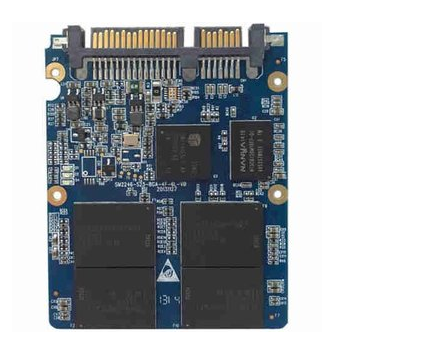PCB copy board and PCB design strategy for high frequency board manufacturers
High-speed PCB manufacturing and PCB design strategies
Current high-speed PCB design is widely used in fields such as communications, computing, graphics and image processing. Engineers in these fields use different design strategies for high-speed PCBs.
In the field of telecommunications, the design is very complicated. The transmission speed of data, voice and image transmission applications is much faster than 500Mbps.
In the telecommunications field, people are pursuing faster and higher-performance products, but the cost is not the first. They will use more plates, enough power planes and layers, and discrete components to match any signal lines that may have high-speed issues.
They have signal integrity (SI) and electromagnetic compatibility (EMC) experts to conduct simulation and analysis before wiring, and each design engineer follows strict design rules within the company.
Therefore, design engineers in the communications field often use this over-designed high-speed PCB design strategy. The design of home computer motherboards is the other extreme. Cost and efficiency are above all else.
Designers always use the fastest, best and highest performance CPU chips, memory technology and graphics processing modules to form increasingly complex computers.

Home computer motherboards are usually four-layer boards, and some high-speed PCB design techniques are difficult to apply in this field. Therefore, engineers in the home computer field often use excessive research methods to design high-speed PCB boards.
It is necessary to fully study the specific design conditions and solve the actual high-speed circuit problems.
The usual high-speed PCB design may be different. Manufacturers of high-speed PCB key components (CPU, DSP, FPGA, industrial-specific chips, etc.) will provide chip design information, usually given in the reference design guide.
But there are two problems:
First, equipment manufacturers have a process of understanding and applying signal integrity. System design engineers always want to use the latest high-performance chips at the first time, so the design guidelines given by equipment manufacturers may be immature. Therefore, some equipment manufacturers will give different versions of design guidelines at different times.
Second, the design constraints of equipment manufacturers are usually very demanding, and it may be difficult for design engineers to meet all design rules. In the absence of simulation analysis tools and background knowledge of these constraints, satisfying all constraints is the only means for high-speed PCB design, which is often referred to as excessive constraints.
As mentioned in this article, the backplane design uses surface mount resistors for terminal matching. More than 200 such matching resistors are used on the board.
Assuming that by designing 10 prototype templates, by changing these 200 resistors to ensure the best termination, this will be a huge workload.
Surprisingly, the change in resistance value _ in this design did not benefit from the analysis of the SI software. Therefore, it is necessary to integrate high-speed PCB design simulation and analysis into the original design process to make it an indispensable part of the entire product design and development.